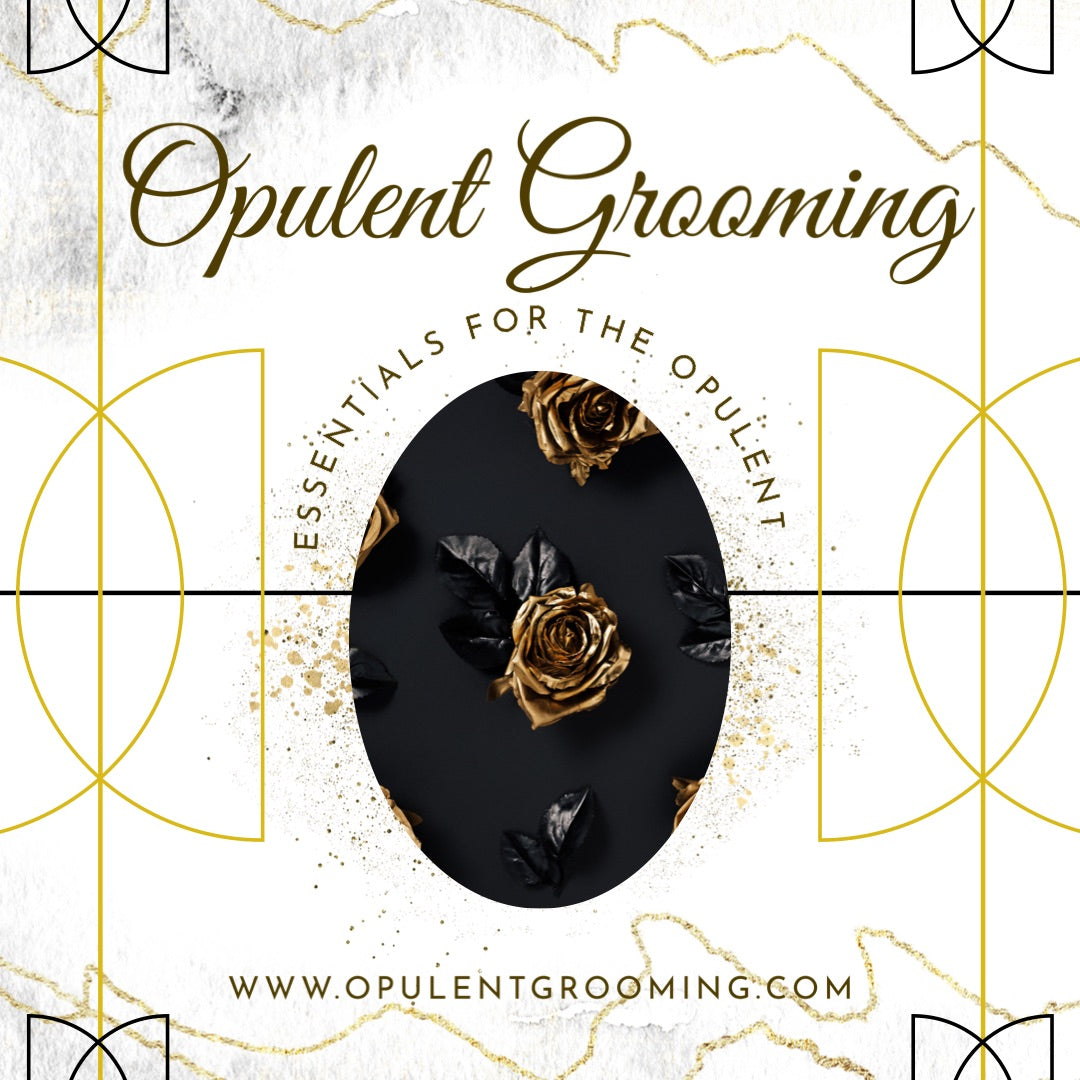A well-groomed beard is a symbol of masculinity and style. However, even the most carefully tended facial hair can fall prey to a common nuisance known as ingrown hairs. These pesky little culprits can turn a smooth, majestic beard into an itchy and bumpy mess. In this blog post, we'll delve into the world of ingrown hairs in beards, their causes, prevention methods, and effective treatments to help you maintain a healthy and irritation-free beard.
Understanding Ingrown Hairs: An ingrown hair occurs when a hair follicle curls back or grows sideways into the skin instead of emerging from the surface. This often leads to inflammation, redness, and small bumps. In the case of beards, ingrown hairs are more common in individuals with tightly curled or coarse hair.
Causes of Ingrown Hairs in Beards:
-
Improper Shaving Techniques: One of the leading causes of ingrown hairs is improper shaving techniques. Shaving against the grain, using a dull blade, or applying excessive pressure while shaving can increase the likelihood of hair growing back into the skin.
-
Clogged Pores: A dirty or clogged pore can trap the growing hair, causing it to veer off its natural path and become ingrown. Failure to clean the beard thoroughly or using products that are comedogenic can contribute to clogged pores.
-
Dry Skin: Dry skin lacks the moisture needed to keep the beard hair soft and pliable, making it easier for the hair to curl back into the skin. Insufficient hydration and harsh weather conditions can exacerbate this problem.
Prevention Techniques:
-
Proper Shaving Routine: Adopting a proper shaving routine is essential for preventing ingrown hairs. Always shave in the direction of hair growth, use a sharp razor, and consider using a pre-shave oil or cream to soften the beard before shaving.
-
Regular Exfoliation: Exfoliating your skin a few times a week can help remove dead skin cells, unclog pores, and prevent ingrown hairs. Use a gentle exfoliating scrub or a soft-bristled brush to gently massage the beard area in circular motions.
-
Moisturize: Hydrated skin is less prone to ingrown hairs. After cleansing and exfoliating, apply a good quality beard oil or moisturizer to keep the skin and beard hair nourished and supple.
-
Avoid Tight Clothing: Wearing tight collars or scarves that rub against your beard can cause friction, leading to ingrown hairs. Opt for looser-fitting clothing that allows your beard to breathe.
Treatment Options:
-
Hot Compress: Applying a warm compress to the affected area can help soften the skin and open up the pores, making it easier to remove the ingrown hair.
-
Gentle Exfoliation: Using a soft washcloth or a clean toothbrush, gently exfoliate the area in circular motions to help release the trapped hair. Avoid picking or squeezing the ingrown hair, as this can cause further irritation or infection.
-
Topical Solutions: Over-the-counter creams or gels containing ingredients like salicylic acid or tea tree oil can help reduce inflammation and encourage the ingrown hair to surface.
-
Seek Professional Help: If the ingrown hairs persist or become infected, it is advisable to seek professional help from a dermatologist or a qualified barber who can provide specific treatments and advice tailored to your situation.
Conclusion: Ingrown hairs in beards can be an irritating and uncomfortable experience, but with proper prevention techniques and treatment, you can keep them at bay. By adopting a healthy grooming routine, including proper shaving techniques, regular exfoliation

